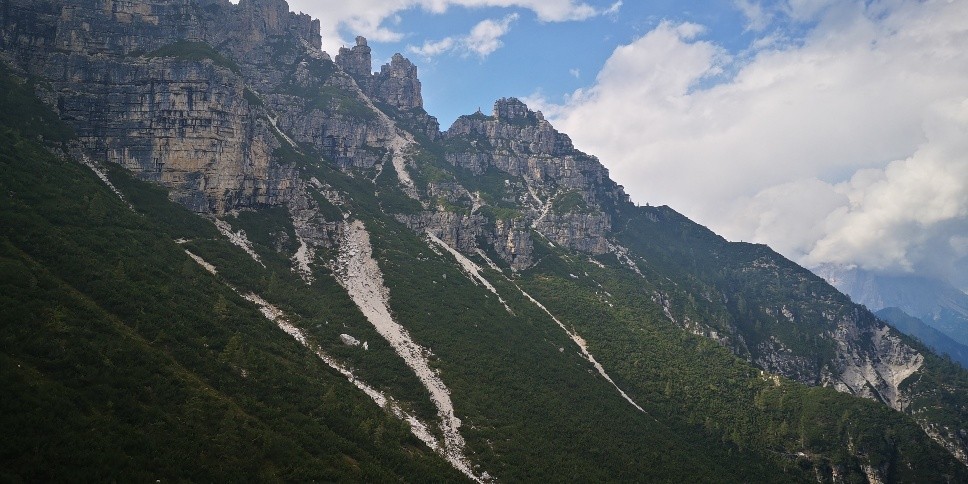The Dolomites remain one of Italy's most breathtaking natural treasures, but recent events and news reports show how fragile and dangerous this landscape can be—and that risks are more common than we think.
Recently, several news items have appeared about (fatal) accidents. In the month of July, there were 20% more rescues than in previous years. This is mainly due to the huge increase in tourists.
What's going on? And can you go hiking safely in the Dolomites?
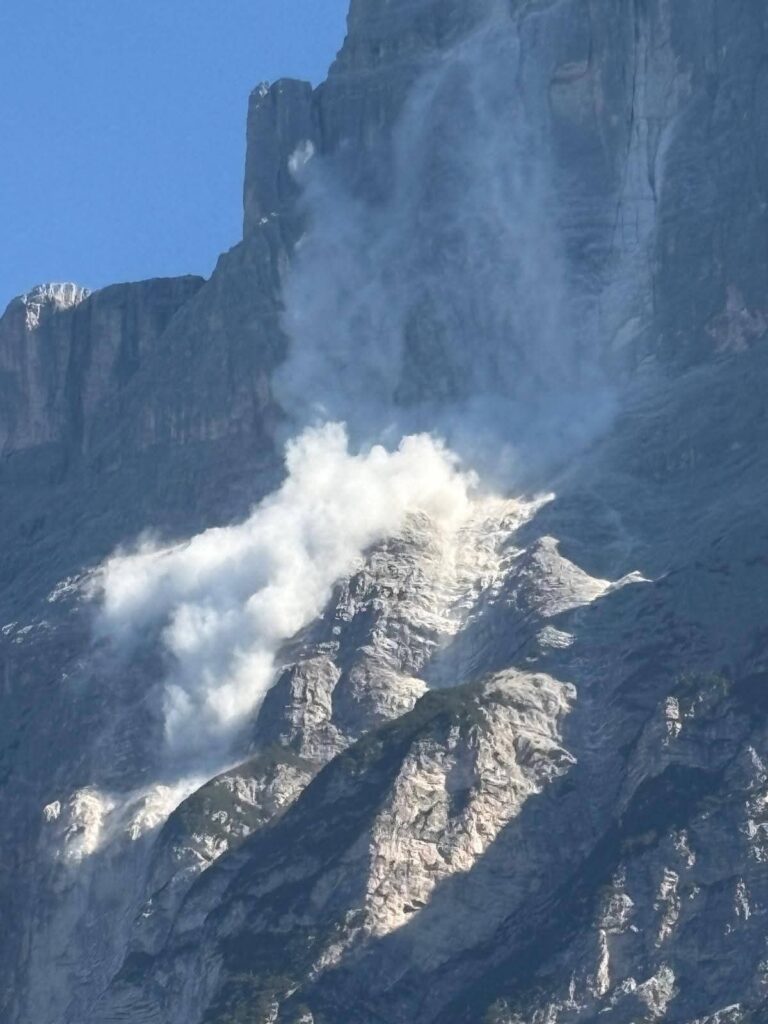
More and more rock avalanches (due to melting permafrost)
Numerous rock avalanches took place in various places in the Dolomites this summer. The peaks of the Dolomites are crumbling, but this is also an issue in other mountain ranges. However, it is more common in the Dolomites, because they are extra vulnerable due to the geological composition. The high, bare points are subject to erosion and parts of mountain peaks regularly slide down.
Climate change also plays a major role. Due to the ever-increasing temperatures, the permafrost is retreating more and more. The frozen soil under the glaciers holds the rocks together. If this permafrost disappears, the mountain becomes unstable. The water flowing through the mountains makes the situation even worse. In winter, it freezes and expands, causing cracks. If the soil thaws in the summer and the rocks expand, landslides can occur.
The Dolomites are closely monitored
Because the crumbling of the Dolomites is not a new phenomenon (parts of the mountain come down every year), the mountains are closely monitored by the authorities. Parts that are more unstable are monitored extra closely and measures are taken where necessary, such as closing hiking trails, walking routes and sometimes even roads.
The chance to get hit by a rock avalanche has become very small.
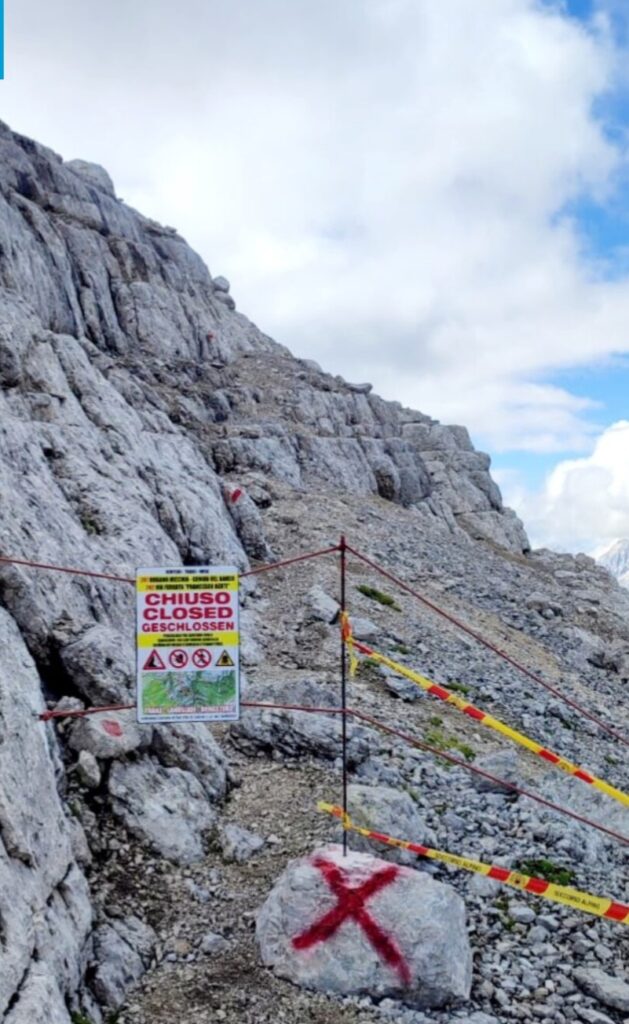
Hiking incidents due to inexperience
An increasing risk however is that more and more people go hiking in the Dolomites unprepared and inexperienced. The increased popularity of the Italian mountains is a result of social media. Many people are guided by beautiful pictures but have no idea what they are getting into. For example, inexperienced people regularly decide to take difficult walks without preparation or knowledge of the weather and terrain.
Many of them then also hike on sneakers. Or leave too late and do not take into account, for example, thunderstorms in the afternoon. Higher temperatures also affect the weather: when it is warm in the mountains thr eather becomes more often unstable in the afternoon, resulting in thunderstorms and even hail and snow (at higher altitudes) are possible. That is why it is important to keep a close eye on the weather forecast and leave on time.
Prepare well
If, inspired by the fantastic beautiful pictures on Instagram or TikTok, you want to go out in the Dolomites, ask yourself: can I handle the hike? Am I fit enough, do I have a (slight) fear of heights? Make a clear plan of your trip in advance: where am I going, what is the difference in altitude, where can I find water? And make sure you have good equipment: at least walk on mountain boots with a deep profile. The backpack should contain warm clothing, a rain jacket and drinks and food.
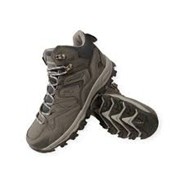
Multi-day hut-to-hut tour with BergXperience
If you have little or no experience with mountain hiking, it is difficult to estimate how easy or difficult a route is and how long it will take. Especially if you want to walk a multi-day trip, it is a good idea to consider booking such a tour through an organization.
BergXperience offers tailor-made multi-day tours.This means that we try to estimate your fitness level and then put together a suitable tour for you, which is (relatively) easy to do. We have hiked all stages ourselves, so we know what the paths are like: easy, difficult, with steep parts, exciting, etc. In addition, we will send you all kinds of information to prepare you, such as a packing list. In the run-up to your trip, we will answer any questions you may have (for example, the real 'must haves' from the packing list).
You can also rent a number of things from the packing list from us, so you don't have to bring or buy everything yourself. For example walking sticks and rain pants.
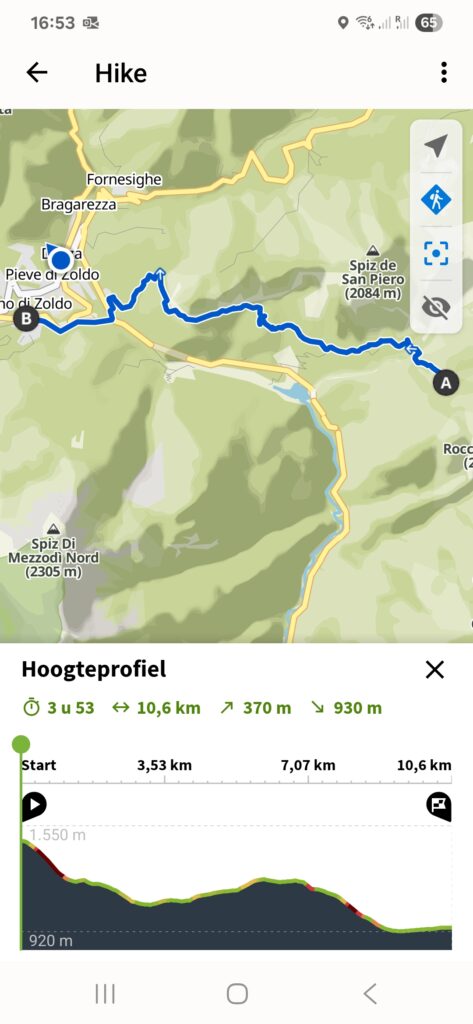
Support during your tour
Because the routes are 'unguided', you will hike on your own. You will get a day-to-day description from your route and GPS tracks of every stage. You will also receive a detailed map with the route drawn in. It may seem a bit exaggerated and in good weather you might not need it all, but there have been plenty of hikers who let us know they were very happy with the GPS tracks when they ended up in a rain shower and the visibility was suddenly much worse.
During your tour, we will contact you every afternoon to inquire if everything went well and if you have any questions. We also keep an eye on the weather forecast and especially when the chance of bad weather increases, we give advice for the next day.
Conclusion & Advice
- Respect closures and warning signs. They are there for a reason, especially in times of increased risk in the Dolomites.
- Choose safe routes,stay up to date with local warnings and, above all, don't take unnecessary risks.
- Mountaineering remains risky. Stay alert, even on popular or well-known trails and do not take unknown routes of which you do not know or cannot properly estimate the level of difficulty.
- A rescue can quickly become very expensive, so make sure your travel insurance (also) covers any costs for rescue and assistance in the mountains.
The Dolomites remain beautiful, but mountains always demand respect—especially under changing climate conditions. Safety starts with awareness.
Ask for more inquiries wenn you consider to make a multiple day hut to hut hike


